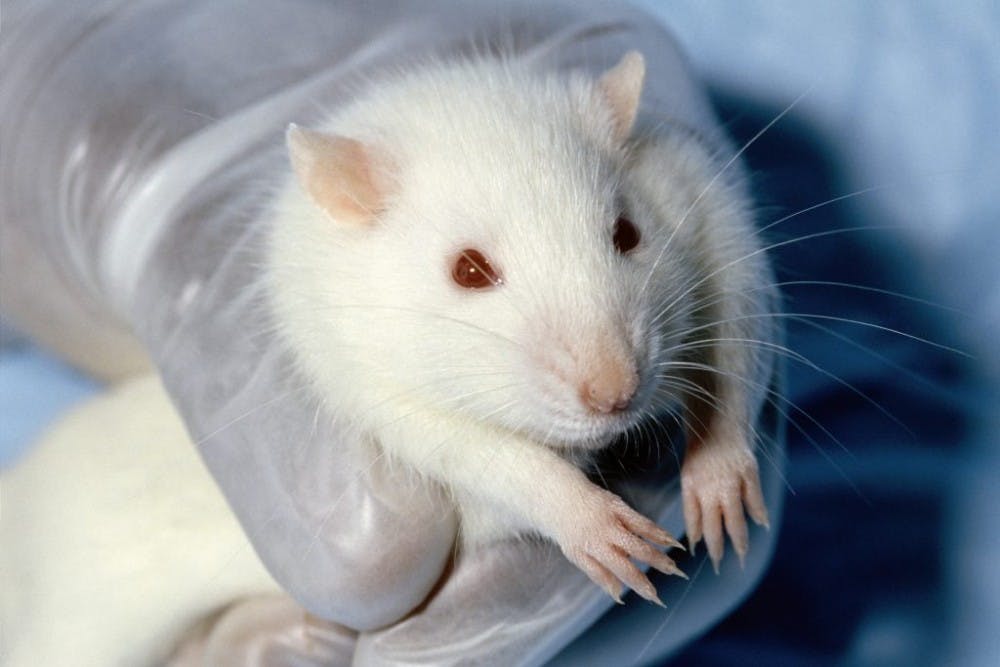Researchers from Harvard’s John A. Paulson School of Engineering and Applied Sciences (SEAS) have expanded the frontiers of 3D printing. Recently, 3D printing has enabled researchers to construct synthetic organ tissue that can mimic the functions and structures of human cells.
Nicknamed “organs-on-chips,” these synthetic replacements can imitate hearts, livers, bones, cartilage and many other tissues. In fact, the first “heart-on-a-chip” is a printed structure with multiple wells, each with separate types of tissue and sensors.
These sensors provide digital information regarding the well-being of the structures in the body. The previously mentioned tissue-prints use six types of inks that are able to insert small sensors into each structure.
“This new programmable approach to building organs-on-chips not only allows us to easily change and customize the design of the system by integrating sensors but also drastically simplifies data acquisition,” Johan Ulrik Lind, a researcher at the Wyss Institute for Biologically Inspired Engineering at Harvard University, said according to the Harvard Gazette.
Not only can these 3D organs mimic and replace structures in the body, but they can also give rise to the possibility of in vitro tissue engineering and drug screening research.
By mimicking the human body, the organs-on-chips may reduce and eventually stop animal testing. The 3D structures have the potential not only to spare the lives of many animals, but also decrease the time it takes for drugs to be approved for clinical trials and make it onto the market to help humans.
“This study is a powerful demonstration of how our platform can be used to create fully functional, instrumented chips for drug screening and disease modeling,” Jennifer Lewis, coauthor of the study and Hansjörg Wyss Professor of Biologically Inspired Engineering, said in a press release.
The potential for the technology implemented in these 3D organs seems limitless and with its continued expansion may solve the medical issues that face our society.
















Please note All comments are eligible for publication in The News-Letter.